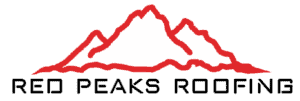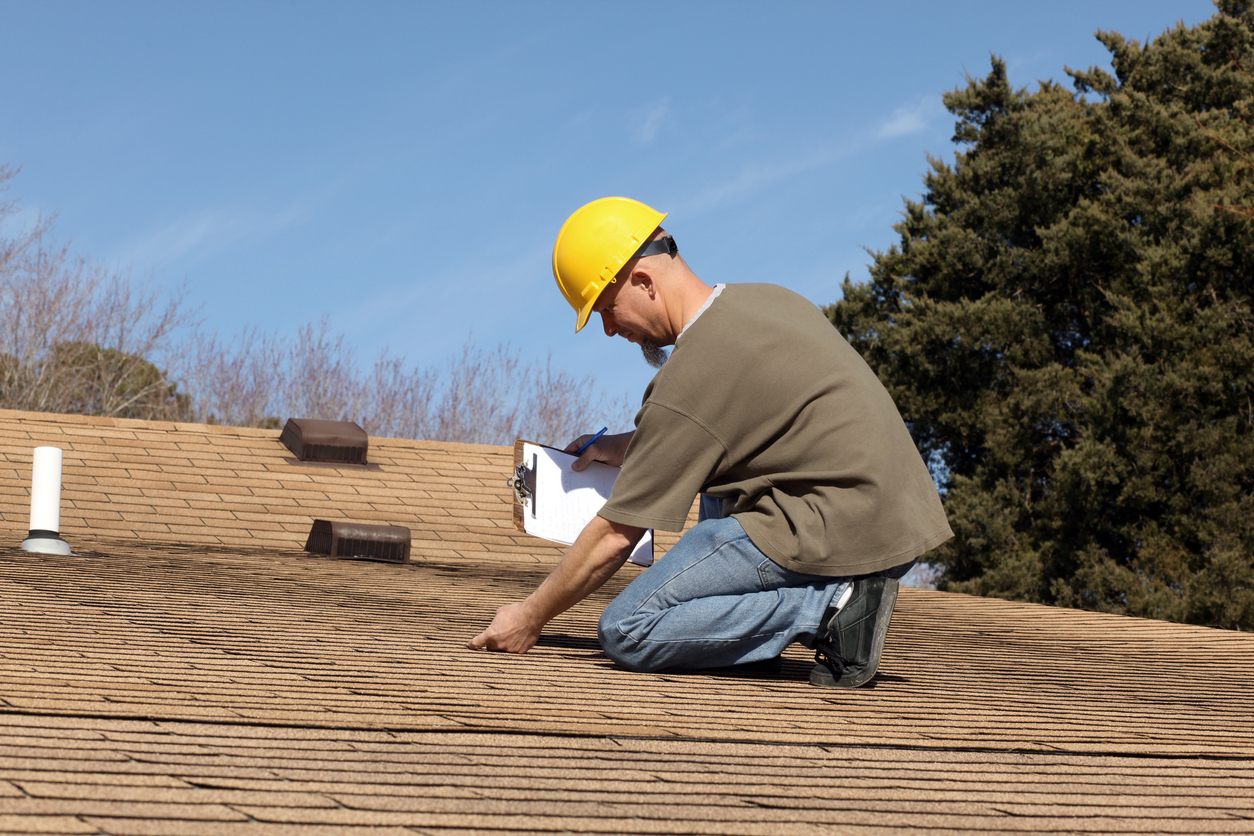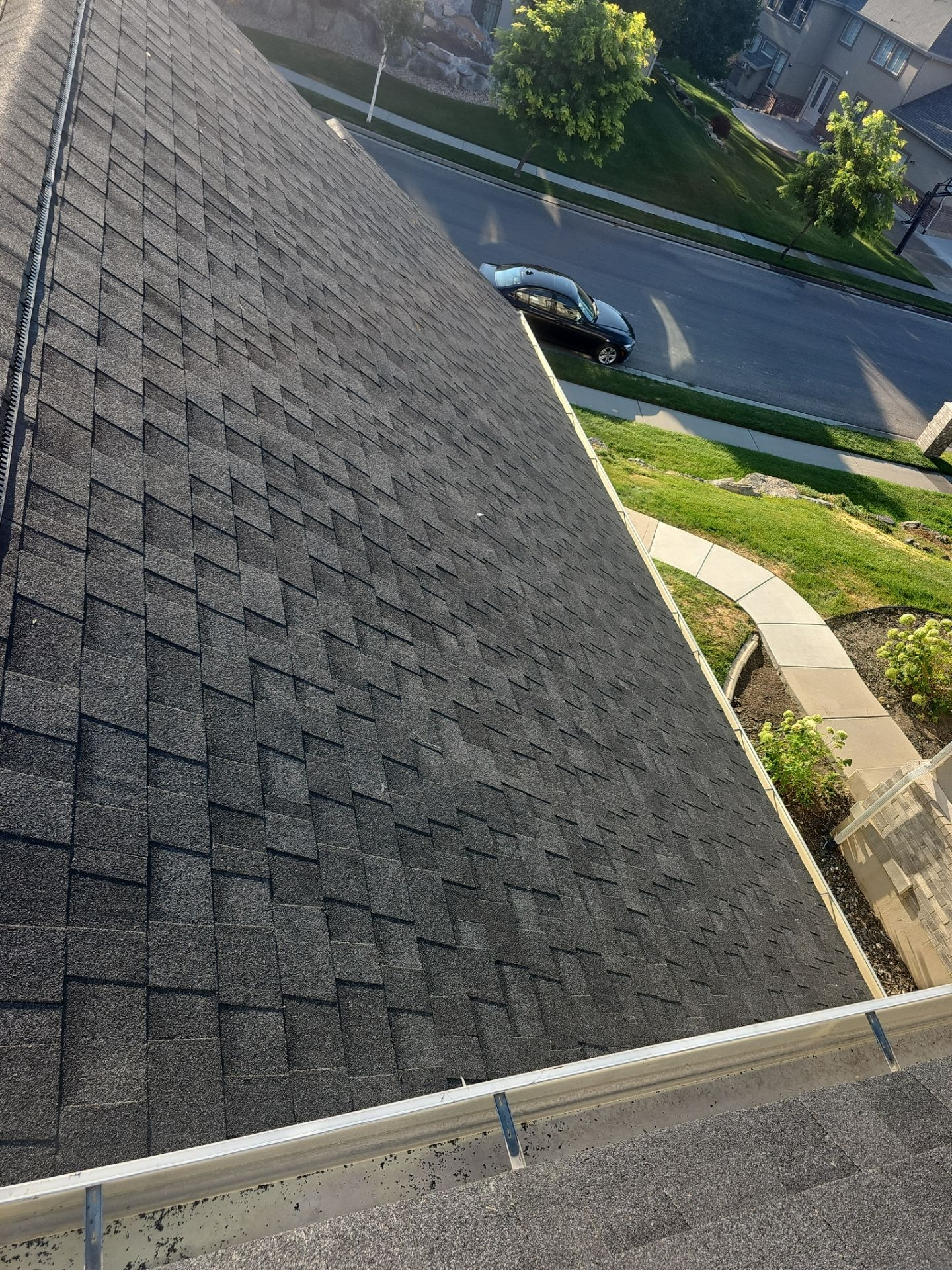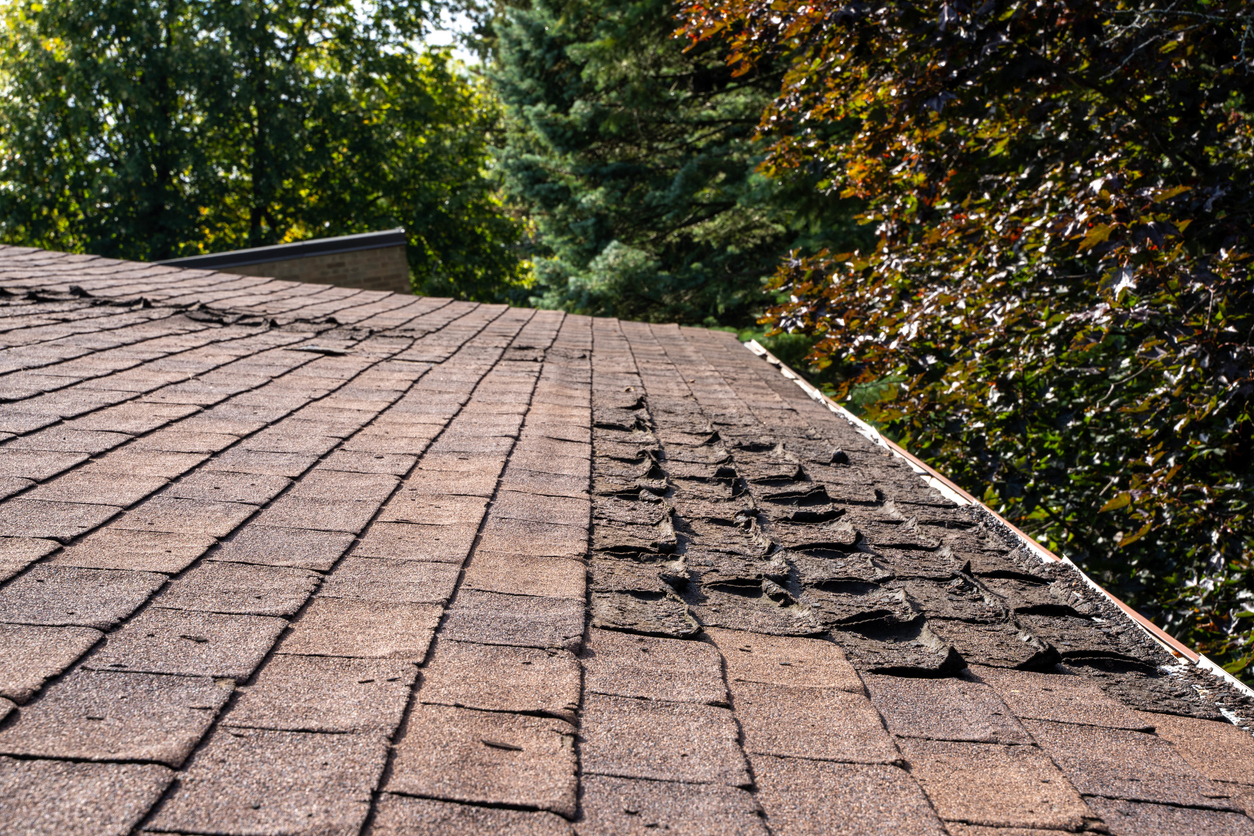How to Perform a Basic Roof Inspection Safely Before a Roofer Arrives
Performing a basic roof inspection before a professional arrives can give you valuable insights into the condition of your roof and help prepare for potential repairs. Safety should always come first, and this guide outlines how to inspect your roof carefully and effectively without putting yourself at risk.
Assess from the Ground
Start your inspection from the ground using binoculars for a closer look. Look for missing or damaged shingles, curling edges, or visible cracks. Pay attention to the flashing around chimneys, vents, and skylights, as these areas are common sources of leaks.
Look for Signs of Water Damage
Water damage can reveal itself both inside and outside your home. Indoors, watch for dark ceiling spots, peeling paint, or damp patches on walls. Outside, check for sagging areas on the roof, which may indicate trapped moisture.
Check the Gutters and Downspouts
Proper drainage is critical to roof health. Inspect gutters and downspouts for leaves, twigs, and other debris that can cause blockages. Ensure they are firmly attached to the home and free of rust or holes. Poor drainage can quickly lead to roof and structural damage.
Inspect for Moss, Algae, or Fungal Growth
Moss, algae, and fungus can signal moisture problems and accelerate roof deterioration. From the ground or a stable ladder, look for green or black streaks that suggest growth. These should be addressed promptly to prevent long-term damage.
Follow Safety Precautions
Never compromise on safety. Use a sturdy, secured ladder if needed and avoid walking on the roof, particularly if it is wet, icy, or steep. If at any point you feel unsafe, it is best to leave the inspection to a roofing professional.
Summarize Your Observations
Once you finish your inspection, make notes about any damage, areas of concern, or unusual signs. Sharing this information with your roofer provides a helpful starting point for their professional inspection.
Schedule Your Roof Inspection Today with Red Peaks Roofing in Lehi, UT
After completing a basic check, it’s important to have a professional inspection to confirm your roof’s condition. Red Peaks Roofing in Lehi, UT offers thorough inspections and reliable repair or replacement services tailored to your needs.
Call us today at (385) 482-9707 or fill out our online form to schedule your inspection. Protect your home with a trusted roofing team dedicated to keeping your roof safe and secure.




